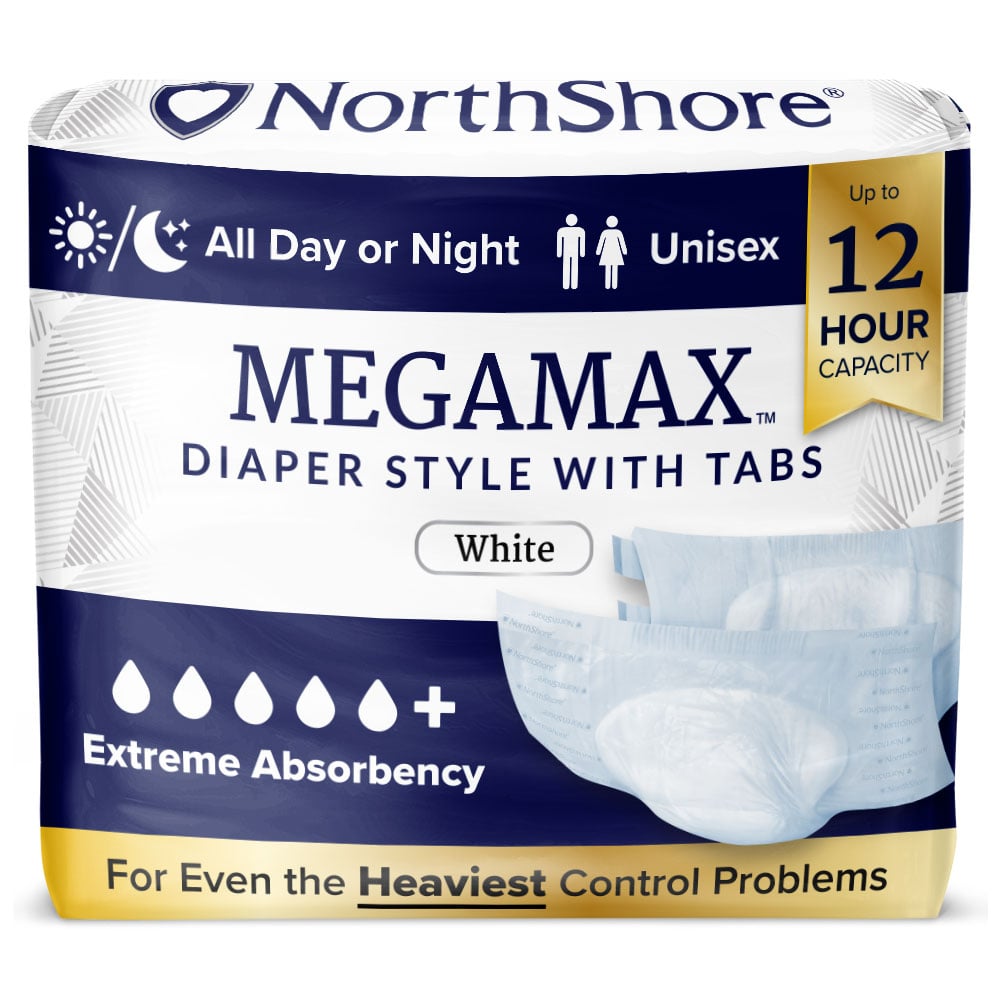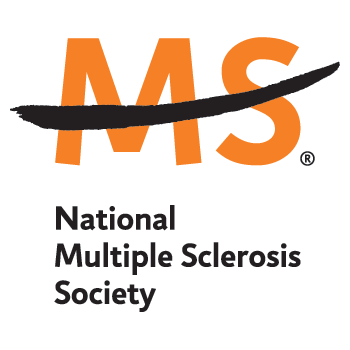Taking Control: Managing Incontinence with Multiple Sclerosis

Key Takeaways
-
Multiple sclerosis often causes bladder and bowel dysfunction, making incontinence a common but manageable symptom.
-
Management strategies include timed voiding, pelvic floor therapy, and medications guided by a doctor.
-
NorthShore products like MegaMax briefs, DynaDry incontinence liners, and GoSupreme pull-up underwear provide secure, long-lasting protection.
-
With reliable support, people living with MS can stay active, reduce stress, and protect their independence.
Managing Incontinence with Multiple Sclerosis Tips and solutions to help manage incontinence and live life to the fullest
Everyone deserves to live with freedom and dignity regardless of their health conditions, and MS is no exception. Multiple Sclerosis is a chronic disease that damages the sheaths of nerve cells in the brain and spinal cord. An estimated 1.8 million people worldwide live with Multiple Sclerosis (MS)1. MS can look different person to person, but symptoms might include muscle stiffness, numbness, difficulty walking, and incontinence. Managing the symptoms can help you or your loved one live a full and happy life.
One of the most common symptoms caused by MS is bladder dysfunction. It occurs in at least 80% of people with MS2. MS attacks the fatty tissue that surrounds the nerve fibers known as myelin and creates scar tissue that block signals from the brain to the bladder. This can cause a loss of control over the bladder resulting in incontinence.
The good news is that incontinence is very manageable. Having MS and incontinence does not have to limit you from enjoying time with family and friends, working, participating in your favorite hobbies, or having a full life.
First, let’s start by identifying what type of incontinence we’re dealing with:
Urge incontinence is the result of your bladder having issues storing urine OR your bladder being overactive, causing you to need to use the bathroom more frequently.
Stress incontinence is the result of your bladder leaking urine while it’s under pressure. This can be caused by sneezing, coughing, or lifting something heavy.
For most people, stopping these leaks is the top priority. The most immediate solution will be to find an absorbent product that can manage the leaks. Adult incontinence supplies come in a variety of shapes and sizes from lightweight pads to full size adult diapers. Here are our top recommendations:
MegaMax
NorthShore’s flagship tab-style brief, MegaMax offers up to 12 hours of protection for all-day or all-night use. When dealing with muscle stiffness or mobility issues, it may be easier to put on a tab style briefs rather than step into a pull-on style product. The refastenable tape tabs allow for readjusting of the product fit throughout the day.
GoSupreme
Many people managing incontinence prefer a pull-up style product since these adult diapers most closely resemble regular underwear. GoSupreme can provided dry, leak-free protection for up to 8 hours. The body close elastics provide a snug and discreet fit with extra coverage in the front, back and sides.
DynaDry Supreme
For those that would prefer a pad or liner in their regular underwear, DynaDry Supreme is an excellent option. This incontinence liner is available in a variety of sizes and absorbencies based on the volume of the bladder voids. Contoured to fit closer to the body with leak guards for better leak protection and containment.
Finding the right product can be a bit of trial and error, so NorthShore offers free samples so that you can try some options and find the best fit. Choosing to use adult diapers can be a difficult step for some people, but it’s important to remember that management is not failure, and that finding products that work can help reclaim control.
Once the leaks are being managed, you can focus on lifestyle changes that may help reduce the frequency and severity of the incontinence in the future. Caffeine is a diuretic that can cause more frequent urination and irritate the bladder. Some people find it helpful to cut back on caffeinated beverages such as coffee, soft drinks, green tea, and energy drinks. It’s still important to drink plenty of water. Limiting fluid intake can make incontinence symptoms worse by reducing bladder capacity over time.
Pelvic floor exercises have been found to help with incontinence. Studies have shown that those who regularly do pelvic floor exercises have seen up to 70% improvement in symptoms of in stress incontinence, including less urine leakage3.
Be sure to check with your healthcare provider before making diet, exercise, or medication changes. A doctor can help diagnose incontinence and put together a treatment plan that’s right for you or your loved one.
No one has to live with leaks. There are resources and products available to help people with MS manage incontinence and get back to living with confidence and dignity. MS does not define you. Incontinence does not define you. With the right support, you or your loved one can live a full and happy life!
Additional Resources:
Sources:
1 https://www.who.int/news-room/fact-sheets/detail/multiple-sclerosis
2 https://www.nationalmssociety.org/Symptoms-Diagnosis/MS-Symptoms/Bladder-Dysfunction
3 https://www.sciencedirect.com/science/article/abs/pii
* Regardless of capacity, for optimal comfort and hygiene, it's important to change an absorbent product immediately after a bowel movement.

